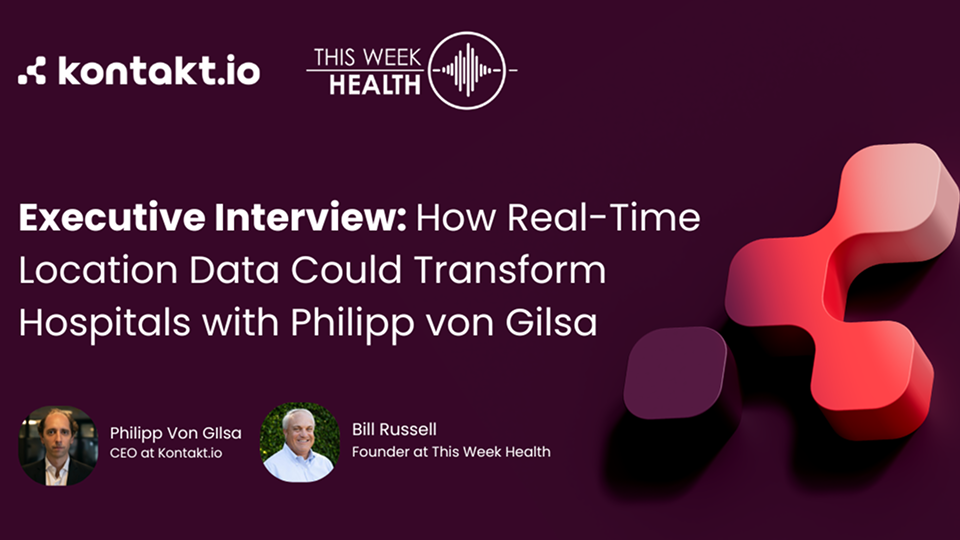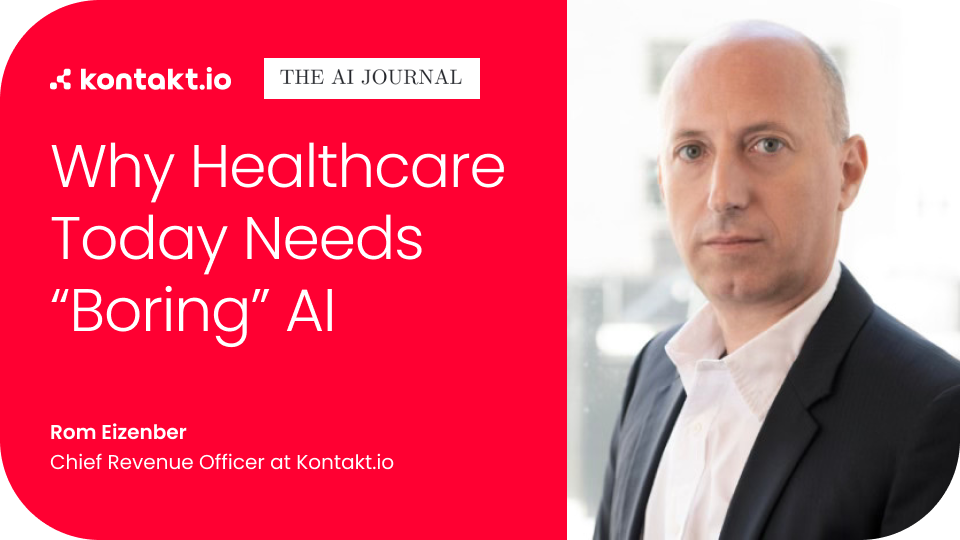Rethinking Safety: More Than Just a Wearable Panic Button
Wearable panic buttons and mobile duress systems are critical tools, but they’re just the beginning. True staff safety requires a holistic approach, including de-escalation training, integration into existing systems, physical environment design, and coordination among departments.
As Mary Beth Kingston emphasizes in this discussion: Leadership engagement is key. When safety is championed at the executive level, meaningful change follows. It’s not enough to react to threats. Organizations must also prevent incidents by leveraging new technologies, optimizing physical design and reporting processes, and building a culture of nurse safety where staff feel protected and empowered.
From Administrative Burdens to Patient Bedside
Nurses today spend up to 75% of their time on administrative tasks — charting, searching for equipment, managing communications — leaving only a fraction for direct patient care. This imbalance contributes to a “moral distress” among caregivers that is increasingly the key driver of burnout and turnover.
Kontakt.io’s vision is to shift that equation. By working with a combination of real-time location services (RTLS) data, EHR data, and AI Agents, Kontakt.io provides intelligence orchestration of care delivery where health systems have everything they need exactly when they need it: the right patient, right staff, right tool, at the right time — every time.
And all of this must happens without adding complexity to existing systems and workflows. In general, new technology should integrate seamlessly — not burden IT teams or clinicians.
A Smarter, Safer Future for Hospital Staff… Today
The future of hospital safety tech lies in creating intelligent systems that empower, not overwhelm. AI plays a role — prioritizing tasks, routing staff, and reducing manual tasks. Technology removes friction and elevates caregivers. And when done right, these technologies not only keep staff safe but also improve patient outcomes, reduce waste, and help hospitals remain competitive in an increasingly strained environment.
Safety is the foundation, but the future of care is about more than a mobile duress button. It’s about orchestrating smarter operations, supporting caregivers, and giving nurses the time and tools to efficiently and effectively care for their patients.




